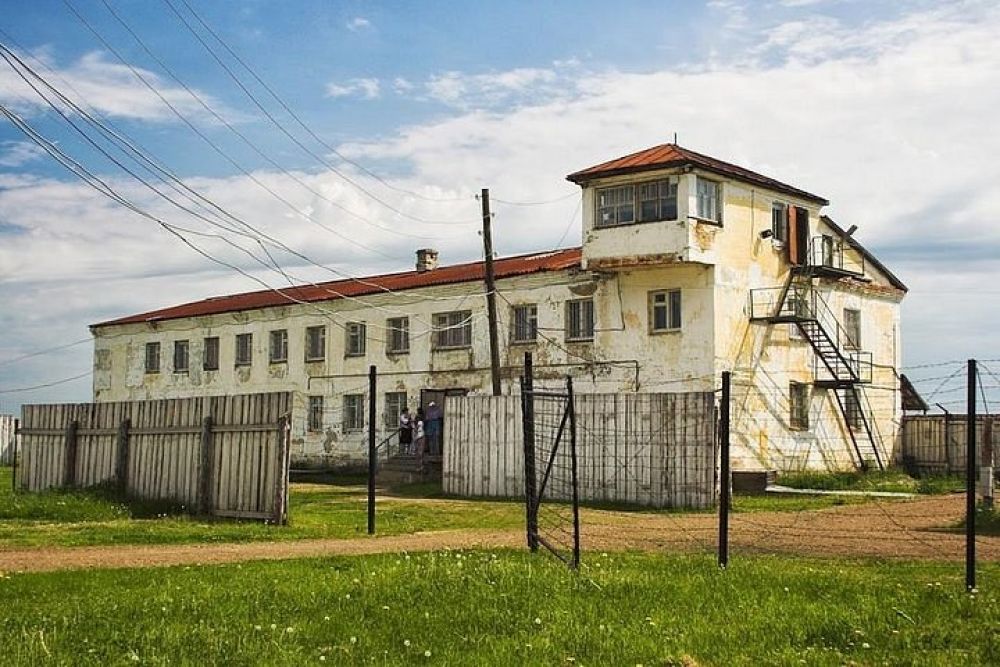

The Perm-36 Memorial Complex, located in the Perm region of Russia, is a significant site that once served as one of the Soviet Union's most infamous political labor camps, forming part of the extensive Gulag system. The history of the site as a tourist destination is relatively recent, as it was only after the fall of the Soviet Union that the existence of the camp was openly acknowledged and its history could be freely explored.
The transformation of the camp into a museum began in the 1990s, with the establishment of the Perm-36 Museum of the History of Political Repression in 1996. This move signaled a pivotal change, as it became one of the rare Gulag museums which attempted to preserve the memory of political repression during the Soviet era.
Originally, the museum was managed by a non-governmental organization and received international support and recognition for its efforts to educate the public about Human Rights violations and political history. However, in 2014, the management of the site was taken over by the government, leading to changes in how the history was portrayed. This shift mirrored Russia's internal politics and the delicate handling of the Soviet history.
Initially, the Perm-36 Memorial Complex attracted a niche group of visitors interested in Soviet history, Human Rights, and political science. Visitors could walk through the preserved structures—including barracks, isolation cells, and the perimeter fence—and visualize the harsh conditions detainees faced. The complex served as a poignant reminder of the past, and educational programs helped spread awareness.
After 2014, reports indicated that the narrative presented at Perm-36 somewhat shifted, with less focus on the sufferings of political prisoners and more emphasis on the camp's role within the broader Gulag system. The alteration of the museum's focus stirred domestic and international debate about historical memory and politics in Russia.
Despite the controversies, the Perm-36 Memorial Complex remains an important site for domestic and international tourists. The latest trends in tourism at Perm-36 point to an increase in educational tourism, with more visitors coming as part of school and university programs interested in 20th-century history and political studies. Moreover, there has been a boost in 'dark tourism', where travelers seek sites associated with death and suffering, seeking to understand the darker sides of history.
In recent years, tourism has also been influenced by the rise of digital technology and social media. Visitors now often share their experiences online, bringing broader attention to the site. Virtual tours and interactive exhibits are potential areas for future development, which could offer new ways for visitors to engage with the complex's history.
Visitors planning to travel to Perm-36 should check for the most recent information on opening times and available tours. Guided tours are highly recommended for a comprehensive understanding of the site's history and significance. It is also advisable to check the political climate and any travel advisories before visiting, bearing in mind that political tensions can affect accessibility and the presentation of historical content at such locations.
The Perm-36 Memorial Complex remains a vital symbol in the history of political oppression in Russia and stands as an educational center for those who wish to learn from the past to inform the future.